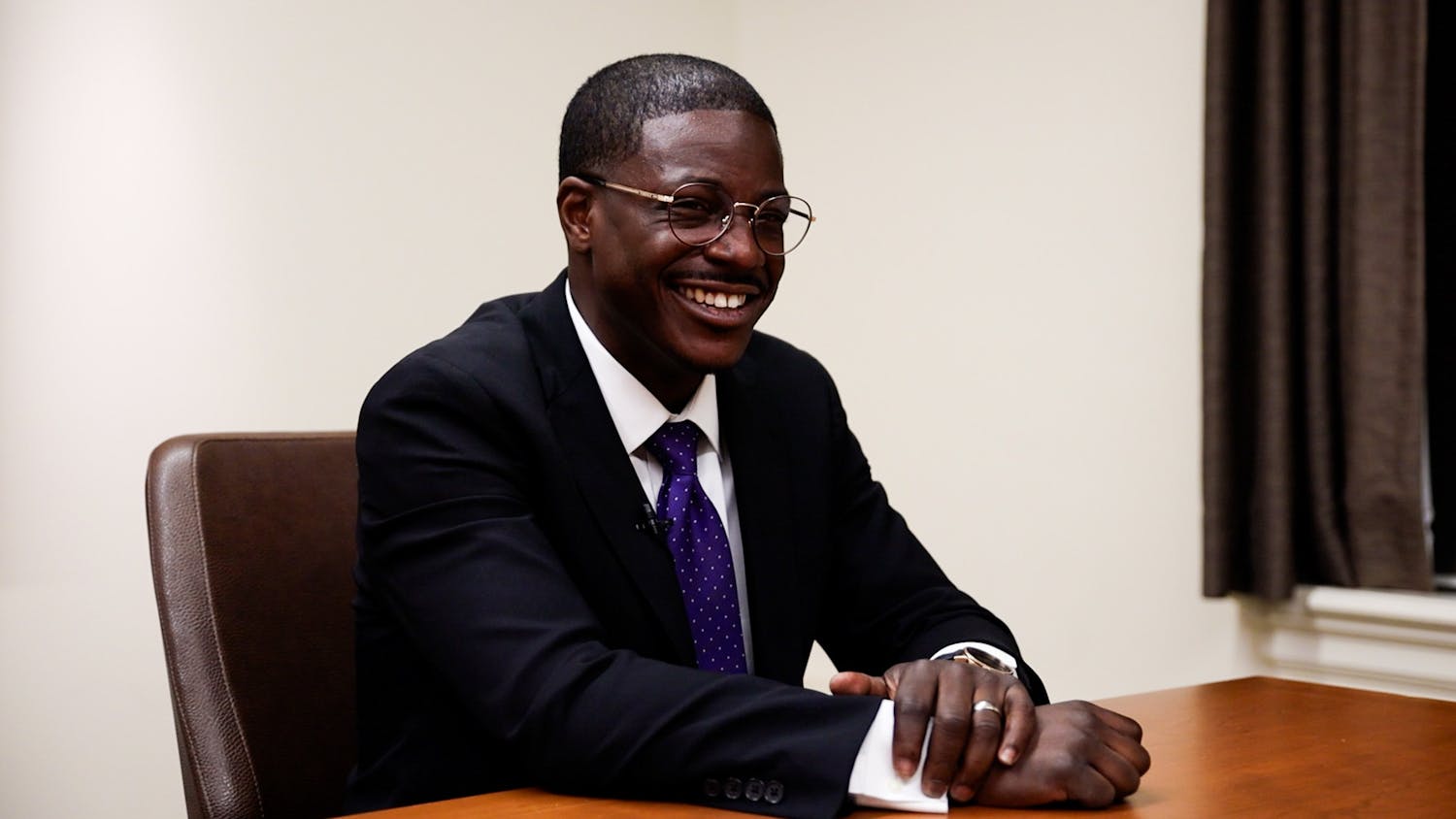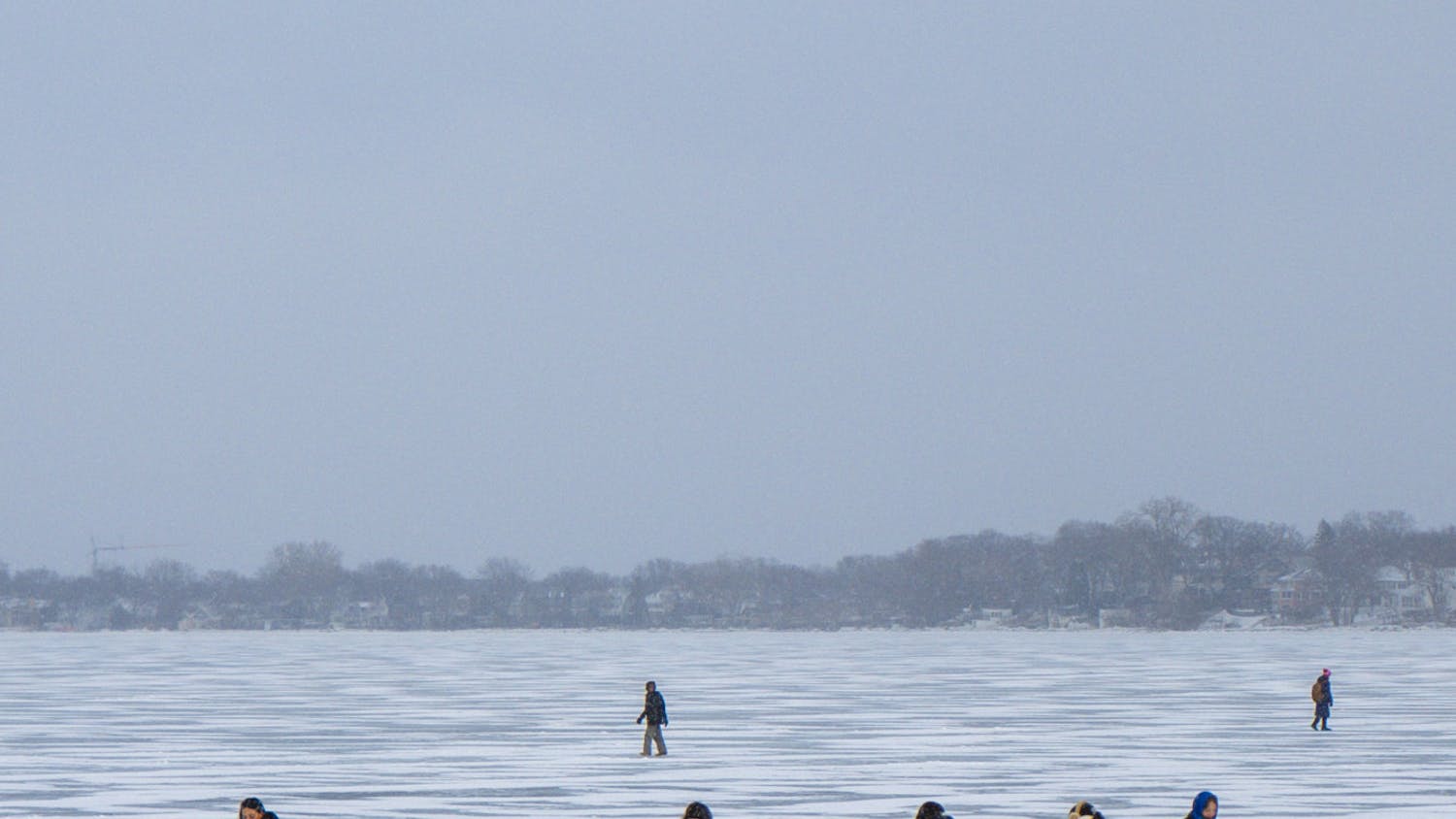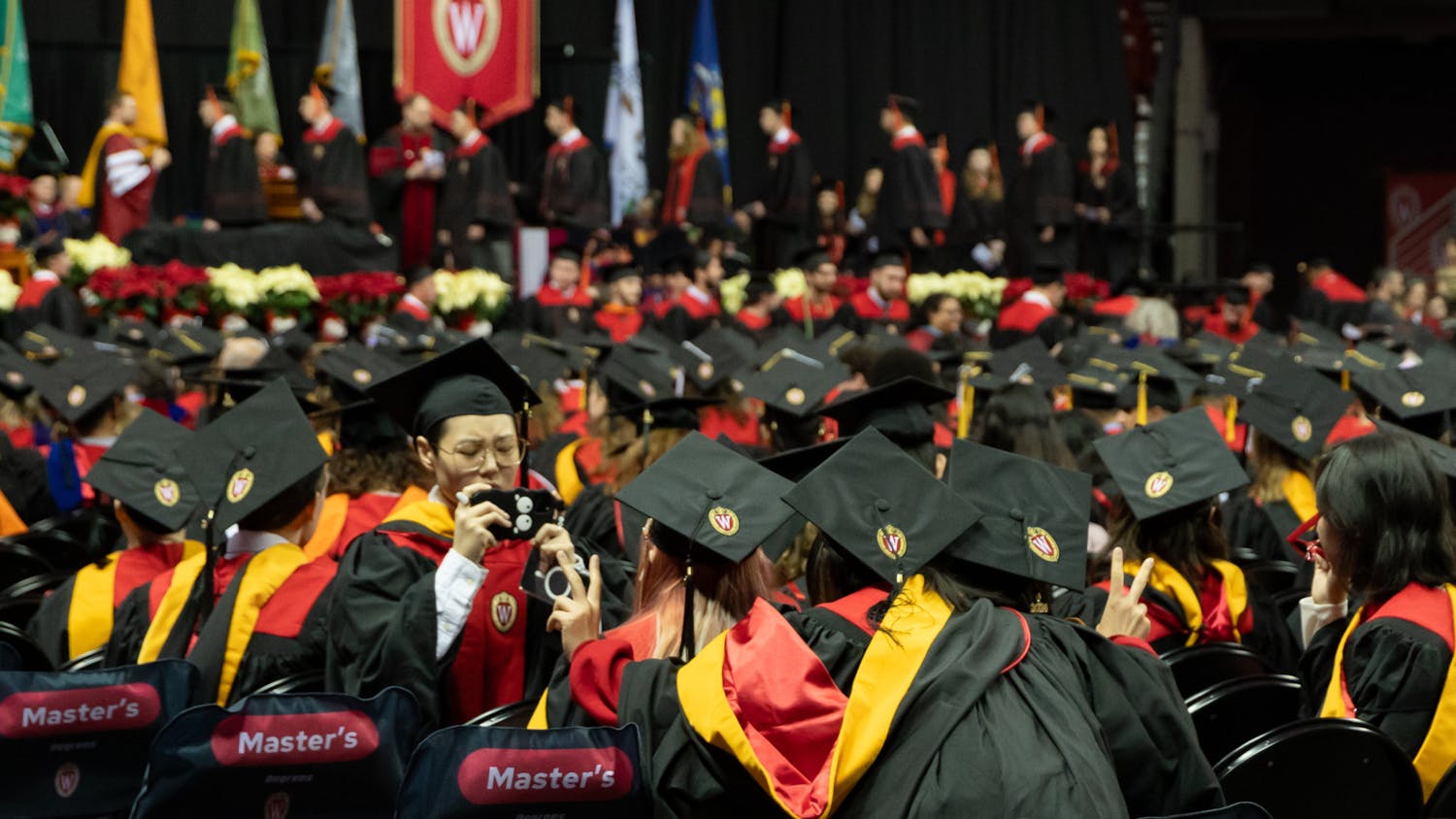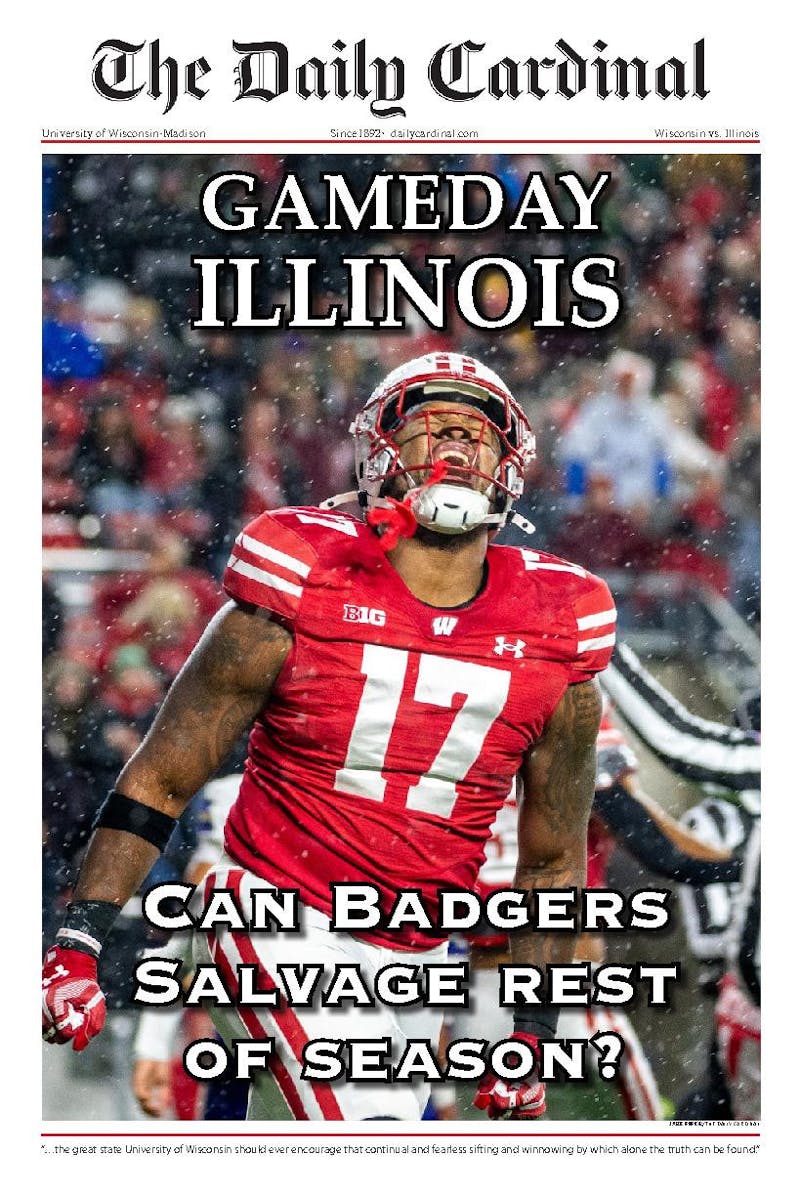Aman walks into a bar, hoping to find a potential partner for the evening. When he orders a beer, he notices that most of the women around are below his standards, and decides to wait out the evening to see what develops. As the hours go by, the bar fills up with a haze of cigarette smoke, and our man has several pints come and go. He looks up, and does a double take. Suddenly, everyone in the room is incredibly attractive! He marvels at the beautiful examples of the feminine form surrounding him as the effect of ""beer goggles"" claims another victim.
For a long time, beer goggles were simply one of those common experiences everyone knew about, but no one could really explain. Men and women alike would tell stories to their friends about brilliant escapades committed with people of extraordinary beauty, only to end on a tragic note; the Johnny Depp turned into a Danny DeVito.
Just as nature abhors a vacuum, scientists abhor an unexplained phenomenon. Maybe they weren't benefiting from the effects of beer goggles as much as they would like, or perhaps they were suffering from the condition too often. Whatever the reason, Nathan Efron, a professor of clinical optometry at the University of Manchester, developed a formula—that's right, a formula—for the effect of beer goggles. And, as it turns out, it's not all about the beer.
So what matters? Alcohol consumption definitely plays a big role. Most of the other factors have to do with how well you can see your ""person of interest""—the smokiness of the room, the lighting, your visual acuity and the distance between the two of you all play a role in determining your Beer Goggle Score. If you hit between 50 and 100, you're quite likely to believe everyone around you is considerably more attractive than you would sober. Score above 100 and you may just find yourself going home with someone you'd never speak to in broad daylight.
Now, I don't know about you, fair reader, but I'd have to imagine this result was derived only after careful, double-blind experiments. I can see it now. A man in a white lab coat, standing behind a one-way mirror looking into a mock bar filled with college students, radioing in to his assistant on the floor.
""How many has number 17 consumed? 16 pints? What does he think of 12? ‘Lovely,' copy that. Ask him about 22. Right, well, get him to drink three more and, if my calculations are correct, he should be ready to bed her—at least for the night.""
Ok, ok, maybe that re-enactment of the scene was a bit ridiculous. Still, careful testing must have been required in order to achieve any result at all. And, since alcohol affects each individual in a slightly different manner, it's hard to imagine the equation is anywhere near precise.
Maybe it would have been a better idea just to leave the whole thing alone.
But now that the study has been completed, what's next for science? Perhaps someone will investigate the relationship between bad music and bad dancing. Maybe a team of Ph.Ds will look into the social practices of wingmen and cockblockers. Or maybe someone will just, you know, cure cancer.
Keaton Miller is a junior majoring in math and economics. He would like to do a little more research on this topic before coming to a conclusion. Interested in assisting him? Applicants must be able to consume large amounts of alcohol—at least until he becomes attractive. E-mail keatonmiller@wisc.edu.





